Fat restricted diet. Low Fat Diet: A Comprehensive Guide for Optimal Health
Do you know what a low-fat diet is? What are the guidelines for following a low cholesterol, low saturated fat diet? Get the facts and expert tips here.
Understanding the Basics of a Low Fat Diet
A low-fat diet is an eating plan that focuses on limiting the total amount of fat, particularly unhealthy fats like saturated and trans fats, as well as cholesterol in your diet. This type of diet may be recommended if you have issues with fat digestion or absorption, or if you have high cholesterol levels. By reducing your intake of these fats, you can help lower your risk of heart disease and other health problems.
Guidelines for a Low Cholesterol, Low Saturated Fat Diet
To follow a low cholesterol, low saturated fat diet, here are the key guidelines to keep in mind:
- Limit total fat intake: Aim to limit your total fat intake, avoiding butter, stick margarine, shortening, lard, palm, and coconut oils.
- Choose low-fat and non-fat options: Look for low-fat or non-fat versions of mayonnaise, salad dressings, peanut butter, and other products.
- Use healthy oils: Opt for vegetable oils like canola or olive oil, and avoid trans fats.
- Limit high-fat processed foods: Steer clear of high-fat convenience and processed foods.
- Focus on lean proteins: Choose lean meats like fish, chicken, and turkey, and limit red meat to no more than 3 servings per week.
- Choose low-fat dairy: Opt for non-fat or low-fat milk, yogurt, and cottage cheese, and avoid high-fat cheeses.
- Eat plenty of fruits and vegetables: Fill your plate with a variety of fresh produce, which are naturally low in fat.
- Limit high-fat baked goods: Avoid cookies, pies, pastries, and other high-fat baked goods.
Cooking Tips for a Low Fat Diet
When it comes to preparing meals, there are several tips to help you follow a low-fat diet:
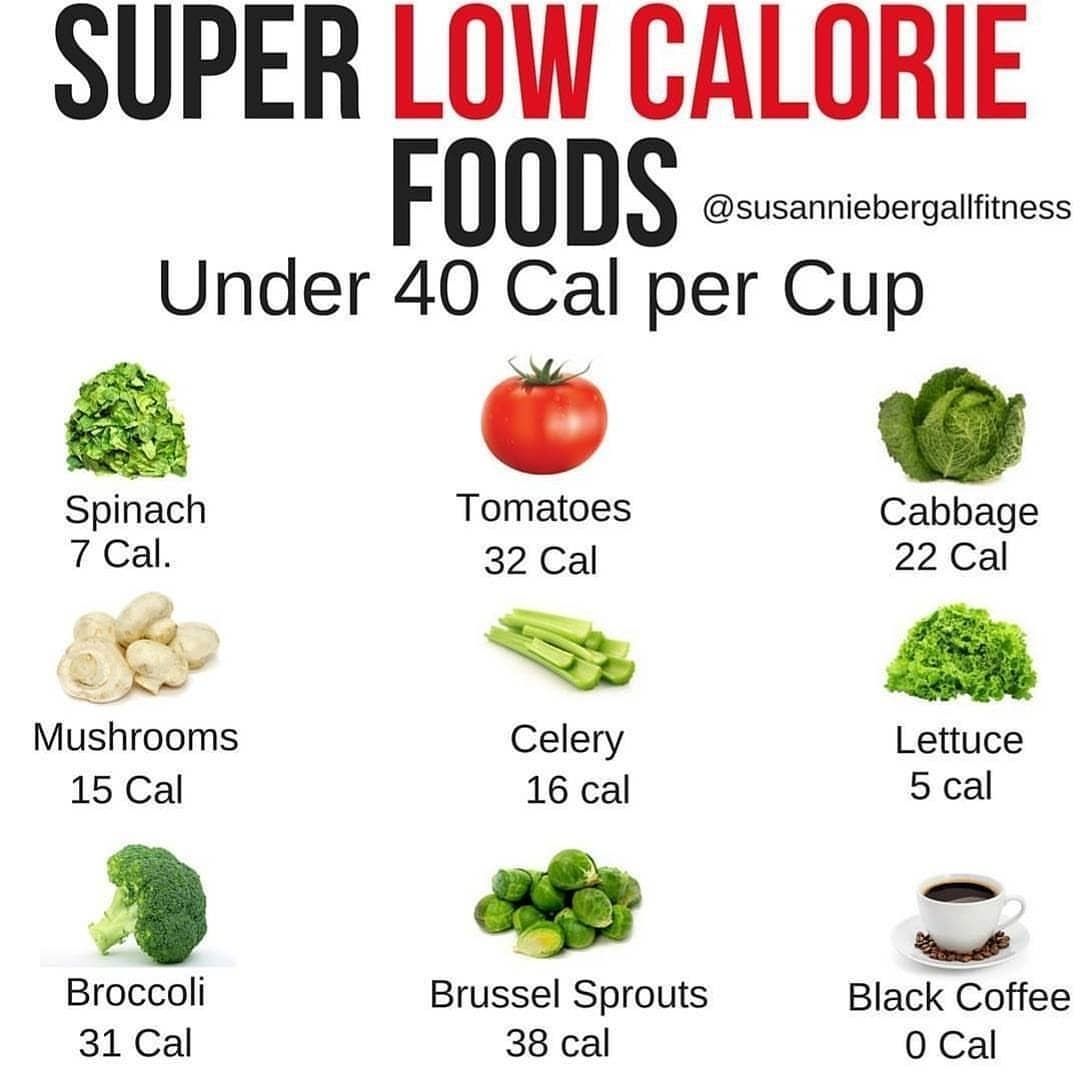
- Avoid deep frying: Opt for healthier cooking methods like baking, broiling, boiling, or roasting.
- Trim visible fat: Remove any visible fat from meats and remove the skin from poultry before cooking.
- Drain and discard fat: Drain any excess fat that drains out of meat as it cooks, and discard it.
- Use minimal added fat: Use little or no added fat when cooking, and consider using non-stick cooking sprays instead.
- Flavor with herbs and spices: Use herbs, spices, and flavorful marinades to add flavor without the need for added fat.
- Steam vegetables: Steaming vegetables is a great way to cook them without adding extra fat.
The Benefits of a Low Fat Diet
Following a low-fat diet can provide a number of health benefits, including:
- Improved heart health: Reducing your intake of saturated and trans fats can help lower your cholesterol levels and reduce your risk of heart disease.
- Weight management: Lowering your fat intake can help you maintain a healthy weight or lose excess pounds.
- Better digestion: If you have trouble digesting or absorbing fat, a low-fat diet can help alleviate these issues.
- Reduced risk of chronic disease: A low-fat diet may also help lower your risk of other chronic conditions like type 2 diabetes and certain types of cancer.
Frequently Asked Questions about Low Fat Diets
Can you eat nuts on a low-fat diet? Yes, you can include nuts in moderation on a low-fat diet, as they are a good source of healthy fats.
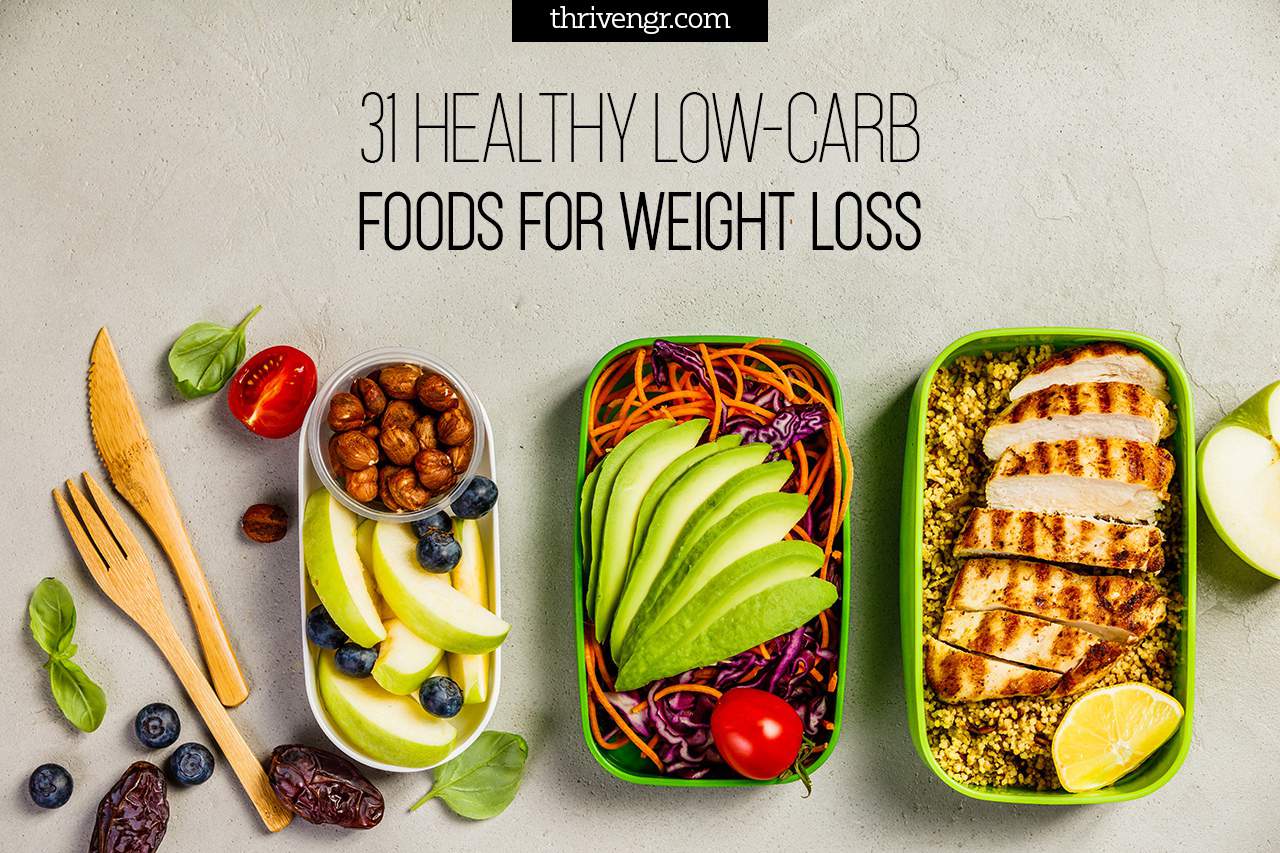
What foods should I avoid on a low-fat diet? You should avoid high-fat foods like butter, margarine, lard, cream, high-fat cheeses, and high-fat processed meats like bacon and sausage.
Is a low-fat diet the same as a low-carb diet? No, a low-fat diet focuses on reducing fat intake, while a low-carb diet limits carbohydrate consumption.
How much fat should I aim to consume on a low-fat diet? Generally, a low-fat diet recommends limiting total fat intake to no more than 30% of your daily calorie intake, with a focus on healthy unsaturated fats.
Implementing a Low Fat Diet
Transitioning to a low-fat diet may take some time and adjustment, but with the right strategies and support, you can successfully make the switch and reap the health benefits. Remember to focus on whole, unprocessed foods, choose lean proteins, and use healthy cooking methods to create delicious, low-fat meals. By making these changes, you can improve your overall health and reduce your risk of chronic conditions.
Guidelines for a Low Cholesterol, Low Saturated Fat Diet
Fat
- Limit total intake of fats and oils.
- Avoid butter, stick margarine, shortening, lard, palm and coconut oils.
- Limit mayonnaise, salad dressings, gravies and sauces, unless they are homemade with low-fat ingredients.
- Limit chocolate.
- Choose low-fat and nonfat products, such as low-fat mayonnaise, low-fat or non-hydrogenated peanut butter, low-fat or fat-free salad dressings and nonfat gravy.
- Use vegetable oil, such as canola or olive oil.
- Look for margarine that does not contain trans fatty acids.
- Use nuts in moderate amounts.
- Read ingredient labels carefully to determine both amount and type of fat present in foods. Limit saturated and trans fats.
- Avoid high-fat processed and convenience foods.
Meats and Meat Alternatives
- Choose fish, chicken, turkey and lean meats.
- Use dried beans, peas, lentils and tofu.

- Limit egg yolks to three to four per week.
- If you eat red meat, limit to no more than three servings per week and choose loin or round cuts.
- Avoid fatty meats, such as bacon, sausage, franks, luncheon meats and ribs.
- Avoid all organ meats, including liver.
Continue reading
Dairy
- Choose nonfat or low-fat milk, yogurt and cottage cheese.
- Most cheeses are high in fat. Choose cheeses made from non-fat milk, such as mozzarella and ricotta cheese.
- Choose light or fat-free cream cheese and sour cream.
- Avoid cream and sauces made with cream.
Fruits and Vegetables
- Eat a wide variety of fruits and vegetables.
- Use lemon juice, vinegar or “mist” olive oil on vegetables.
- Avoid adding sauces, fat or oil to vegetables.
Breads, Cereals and Grains
- Choose whole-grain breads, cereals, pastas and rice.
- Avoid high-fat snack foods, such as granola, cookies, pies, pastries, doughnuts and croissants.

Cooking Tips
- Avoid deep fried foods.
- Trim visible fat off meats and remove skin from poultry before cooking.
- Bake, broil, boil, poach or roast poultry, fish and lean meats.
- Drain and discard fat that drains out of meat as you cook it.
- Add little or no fat to foods.
- Use vegetable oil sprays to grease pans for cooking or baking.
- Steam vegetables.
- Use herbs or no-oil marinades to flavor foods.
UCSF Health medical specialists have reviewed this information. It is for educational purposes only and is not intended to replace the advice of your doctor or other health care provider. We encourage you to discuss any questions or concerns you may have with your provider.
Recommended reading
Recipe Modification Ideas for Low Cholesterol, Low Saturated Fat Diet
Trying to lower your cholesterol? Use these recipe modifications and substitutions to significantly lower the cholesterol and fat content of standard meals.
Behavior Modification Ideas for Weight Management
Weight management involves adopting a healthy lifestyle that includes a knowledge of nutrition, exercise, and a positive attitude. Learn more here.
Cholesterol Content of Foods
Use these tables to check the cholesterol and fat content of the foods you eat. This will help you keep track of your daily cholesterol intake.
Guidelines for Losing Weight
Since food equals calories, in order to lose weight you must either eat fewer calories, exercise more to burn off calories with activity, or both. Learn more.
Guidelines for a Low Sodium Diet
A main source of sodium is table salt. The average American eats five or more teaspoons of salt each day, about 20 times as much as the body needs. Learn more.
Healthier Fast Food
Fast food is easy and tasty, but it is often high in calories, fat and sodium. These things can be bad for you in large amounts. Learn more here.
Healthy Snack Ideas
Snacks can be an important part of a nutritious eating plan if the foods you choose contribute to a well-balanced diet. Find healthy snack ideas here.
Find healthy snack ideas here.
Your Doctor Visit
See our top 10 tips for making your UCSF doctor’s appointment as stress-free and productive as possible.
Related clinics
Nutrition Counseling Clinic at the Family Medicine Center at Lakeshore
1569 Sloat Blvd., Suite 333
San Francisco, CA 94132
(415) 353-2291
Wednesdays, 8:30 a.m. – 4:45 p.m.
Nutrition Counseling Clinic at Parnassus
400 Parnassus Avenue,, Second Floor
San Francisco, CA 94143
(415) 353-2291
M-F, 8 a.m. – 4:45 p.m.
Low Fat Diet – What You Need to Know
Medically reviewed by Drugs.com. Last updated on Jun 6, 2023.
- Care notes
- Aftercare
- Ambulatory
- Discharge
- Español
What is a low-fat diet?
A low-fat diet is an eating plan that is low in total fat, unhealthy fat, and cholesterol. You may need to follow a low-fat diet if you have trouble digesting or absorbing fat. You may also need to follow this diet if you have high cholesterol. You can also lower your cholesterol by increasing the amount of fiber in your diet. Soluble fiber is a type of fiber that helps to decrease cholesterol levels.
You may also need to follow this diet if you have high cholesterol. You can also lower your cholesterol by increasing the amount of fiber in your diet. Soluble fiber is a type of fiber that helps to decrease cholesterol levels.
What do I need to know about the different types of fat in food?
- Limit unhealthy fats. A diet that is high in cholesterol, saturated fat, and trans fat may cause unhealthy cholesterol levels. Unhealthy cholesterol levels increase your risk of heart disease.
- Cholesterol: Limit intake of cholesterol to less than 200 mg per day. Cholesterol is found in meat, eggs, and dairy.
- Saturated fat: Limit saturated fat to less than 7% of your total daily calories. Ask your dietitian how many calories you need each day. Saturated fat is found in butter, cheese, ice cream, whole milk, and palm oil. Saturated fat is also found in meat, such as beef, pork, chicken skin, and processed meats. Processed meats include sausage, hot dogs, and bologna.

- Trans fat: Avoid trans fat as much as possible. Trans fat is used in fried and baked foods. Foods that say trans fat free on the label may still have up to 0.5 grams of trans fat per serving.
- Include healthy fats. Replace foods that are high in saturated and trans fat with foods high in healthy fats. This may help to decrease high cholesterol levels.
- Monounsaturated fats: These are found in avocados, nuts, and vegetable oils, such as olive, canola, and sunflower oil.
- Polyunsaturated fats: These can be found in vegetable oils, such as soybean or corn oil. Omega-3 fats can help to decrease the risk of heart disease. Omega-3 fats are found in fish, such as salmon, herring, trout, and tuna. Omega-3 fats can also be found in plant foods, such as walnuts, flaxseed, soybeans, and canola oil.
What foods should I limit or avoid?
- Grains:
- Snacks that are made with partially hydrogenated oils, such as chips, regular crackers, and butter-flavored popcorn
- High-fat baked goods, such as biscuits, croissants, doughnuts, pies, cookies, and pastries
- Dairy:
- Whole milk, 2% milk, and yogurt and ice cream made with whole milk
- Half and half creamer, heavy cream, and whipping cream
- Cheese, cream cheese, and sour cream
- Meats and proteins:
- High-fat cuts of meat (T-bone steak, regular hamburger, and ribs)
- Fried meat, poultry (turkey and chicken), and fish
- Poultry (chicken and turkey) with skin
- Cold cuts (salami or bologna), hot dogs, bacon, and sausage
- Whole eggs and egg yolks
- Vegetables and fruits with added fat:
- Fried vegetables or vegetables in butter or high-fat sauces, such as cream or cheese sauces
- Fried fruit or fruit served with butter or cream
- Fats:
- Butter, stick margarine, and shortening
- Coconut, palm oil, and palm kernel oil
What foods should I include?
- Grains:
- Whole-grain breads, cereals, pasta, and brown rice
- Low-fat crackers and pretzels
- Vegetables and fruits:
- Fresh, frozen, or canned vegetables (no salt or low-sodium)
- Fresh, frozen, dried, or canned fruit (canned in light syrup or fruit juice)
- Avocado
- Low-fat dairy products:
- Nonfat (skim) or 1% milk
- Nonfat or low-fat cheese, yogurt, and cottage cheese
- Meats and proteins:
- Chicken or turkey with no skin
- Baked or broiled fish
- Lean beef and pork (loin, round, extra lean hamburger)
- Beans and peas, unsalted nuts, soy products
- Egg whites and substitutes
- Seeds and nuts
- Fats:
- Unsaturated oil, such as canola, olive, peanut, soybean, or sunflower oil
- Soft or liquid margarine and vegetable oil spread
- Low-fat salad dressing
What are some other ways I can decrease fat?
- Read food labels before you buy foods.
 Choose foods that have less than 30% of calories from fat. Choose low-fat or fat-free dairy products. Remember that fat free does not mean calorie free. These foods still contain calories, and too many calories can lead to weight gain.
Choose foods that have less than 30% of calories from fat. Choose low-fat or fat-free dairy products. Remember that fat free does not mean calorie free. These foods still contain calories, and too many calories can lead to weight gain. - Trim fat from meat and avoid fried food. Trim all visible fat from meat before you cook it. Remove the skin from poultry. Do not fry meat, fish, or poultry. Bake, roast, boil, or broil these foods instead. Avoid fried foods. Eat a baked potato instead of French fries. Steam vegetables instead of sautéing them in butter.
- Add less fat to foods. Use imitation bacon bits on salads and baked potatoes instead of regular bacon bits. Use fat-free or low-fat salad dressings instead of regular dressings. Use low-fat or nonfat butter-flavored topping instead of regular butter or margarine on popcorn and other foods.
How can I decrease fat in recipes?
Replace high-fat ingredients with low-fat or nonfat ones. This may cause baked goods to be drier than usual. You may need to use nonfat cooking spray on pans to prevent food from sticking. You also may need to change the amount of other ingredients, such as water, in the recipe. Try the following:
You may need to use nonfat cooking spray on pans to prevent food from sticking. You also may need to change the amount of other ingredients, such as water, in the recipe. Try the following:
- Use low-fat or light margarine instead of regular margarine or shortening.
- Use lean ground turkey breast or chicken, or lean ground beef (less than 5% fat) instead of hamburger.
- Add 1 teaspoon of canola oil to 8 ounces of skim milk instead of using cream or half and half.
- Use grated zucchini, carrots, or apples in breads instead of coconut.
- Use blenderized, low-fat cottage cheese, plain tofu, or low-fat ricotta cheese instead of cream cheese.
- Use 1 egg white and 1 teaspoon of canola oil, or use ¼ cup (2 ounces) of fat-free egg substitute instead of a whole egg.
- Replace half of the oil that is called for in a recipe with applesauce when you bake. Use 3 tablespoons of cocoa powder and 1 tablespoon of canola oil instead of a square of baking chocolate.

How can I increase fiber?
Eat enough high-fiber foods to get 20 to 30 grams of fiber every day. Slowly increase your fiber intake to avoid stomach cramps, gas, and other problems.
- Eat 3 ounces of whole-grain foods each day. An ounce is about 1 slice of bread. Eat whole-grain breads, such as whole-wheat bread. Whole wheat, whole-wheat flour, or other whole grains should be listed as the first ingredient on the food label. Replace white flour with whole-grain flour or use half of each in recipes. Whole-grain flour is heavier than white flour, so you may have to add more yeast or baking powder.
- Eat a high-fiber cereal for breakfast. Oatmeal is a good source of soluble fiber. Look for cereals that have bran or fiber in the name. Choose whole-grain products, such as brown rice, barley, and whole-wheat pasta.
- Eat more beans, peas, and lentils. For example, add beans to soups or salads. Eat at least 5 cups of fruits and vegetables each day.
 Eat fruits and vegetables with the peel because the peel is high in fiber.
Eat fruits and vegetables with the peel because the peel is high in fiber.
Care Agreement
You have the right to help plan your care. Discuss treatment options with your healthcare provider to decide what care you want to receive. You always have the right to refuse treatment. The above information is an educational aid only. It is not intended as medical advice for individual conditions or treatments. Talk to your doctor, nurse or pharmacist before following any medical regimen to see if it is safe and effective for you.
© Copyright Merative 2023 Information is for End User’s use only and may not be sold, redistributed or otherwise used for commercial purposes.
Further information
Always consult your healthcare provider to ensure the information displayed on this page applies to your personal circumstances.
Medical Disclaimer
Hypocholesterol diet · For our patients · Vascular center. T. Topper
T. Topper Vascular Center
Topper Vascular Center
Sokolova
Federal Medical and Biological Agency
Consultation and appointment
+7 (812) 962-92-91 All contacts
The disease is cured!
Basic Rules for a Low Cholesterol Diet
- Keep your fat intake to a minimum. Avoid animal fat, butter, coconut oil, and palm oil completely. Small amounts of corn, sunflower and cottonseed oil are allowed.
- Any fish, including fatty fish, can be consumed at least twice a week. However, fish should not be fried, especially in oil, which is not recommended.
- The meat must be lean – rabbit, chicken, veal. You can not eat fatty meat, pates, sausages, meat of ducks and geese, poultry skin.
- Allowed milk (non-fat), kefir, yogurt, low-fat cheese. Limit the consumption of fatty dairy products: cream, sour cream, condensed milk, ice cream.
- You can eat wholemeal bread, porridge. Baking, biscuits, pies are prohibited.
- For drinks, opt for juices, mineral water, occasional weak coffee and tea.
 Alcohol is prohibited.
Alcohol is prohibited. - Vegetable soups are better as first courses, while instant soups and soups with fatty meat broth should be avoided.
- Meals can be seasoned with any low-fat seasoning.
- Organic vegetables and fruits are permitted and not restricted in any way. You need to limit pistachios, peanuts and jam, and also exclude fried potatoes and chips.
- Sweets should be kept to a minimum. A little jelly or fruit ice cream is allowed.
Table of allowed and prohibited foods
| Product | Allowed | Prohibited |
|---|---|---|
| Meat, eggs |
|
|
| Fat |
|
9 0069 |
| Dairy products |
|
|
| Fish |
|
|
| Cereals and baked goods |
|
|
| Vegetables and fruits |
|
|
| Soups |
|
|
| Sweets |
|
|
| drinks |
| |
| Seasonings |
|
|
principles, food list, menu for the day
Back to Articles
overweight. This diet aims to reduce
This diet aims to reduce
easily digestible carbohydrates and fats in the diet. In doing so, preference is given to
plant foods and low calorie foods.
Principles
Nutrition correction along with image change
of life and medication is the basis for the treatment of various diseases. More
at the beginning of the 20th century, Manuil Isaakovich Pevzner developed the so-called
tables – diets for maintenance therapy. This approach has been successful
used until the end of the last century.
Now tables with minor changes have entered the number system.
diet 1 . They are prescribed by doctors for various diagnoses. Choice
They are prescribed by doctors for various diagnoses. Choice
table depends on the following:
- disease severity;
- comorbidities;
- complications from different systems and organs.
Table No. 8 according to Pevzner, which is called in practical public health
also “low-calorie diet”, consists of food with reduced
fat content. Such nutrition is often prescribed for people with excess
weight. Patients should not eat fatty meats, sausages, sausages,
oily fish. Reception of easily digestible carbohydrates (sugar, honey, jam,
flour) must be limited. You also need to add more to your diet.
You also need to add more to your diet.
complex carbohydrates. It can be cereals, wholemeal bread,
that need to be chewed for a long time to reduce the risk
overeating 2, 3 .
Obese patients must
you need to eat vegetables and fruits, taking into account their calorie content: food
fibers have a beneficial effect on bowel function. If the patient has
comorbidities (renal, hepatic or
heart failure), you should additionally adhere to
low protein diet 2 .
Butter and other animal fats should be replaced with vegetable fats
– olive and sunflower oil. However, vegetable fats sometimes
However, vegetable fats sometimes
more nutritious than animals 3 , so do not use them
abuse.
For overweight patients, physicians recommend and
unloading days. They need to be arranged regularly, once every 7-10
days. On such days, you should limit yourself to kefir, yogurt, vegetables and
fruits. Obese patients should avoid fried foods,
fatty and sweet. It is better to cook food for a couple. And by the way, better
just stick to fractional meals in small portions 5-6 times a day.
day 4, 5 .
For whom?
Diet No. 8 is recommended for overweight patients.
body weight in order to reduce weight and prevent concomitant
obesity diseases. These include cardiovascular disorders and
problems with the musculoskeletal system, and even diabetes. Not
fatty liver is less dangerous, as it can contribute to
development of cirrhosis of the liver. When a person consumes too much
fats, they accumulate in liver cells and damage them. If
fatty liver disease is not treated, it can lead to the death of liver cells and
disruption of her work 3, 6 .
What foods should be included in the diet if the patient
sticking to diet number 8?
Rye, wheat bread.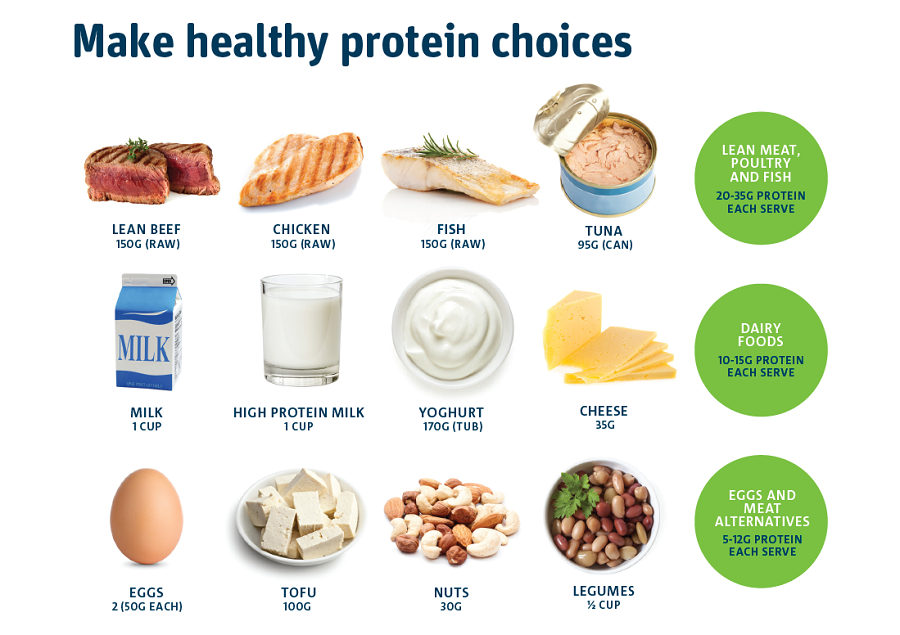 Need to
Need to
give preference to wholemeal flour and avoid
freshly baked bread.
Buckwheat and barley porridge. Can eat
oatmeal and pasta, but in limited quantities.
Vegetables: fresh lettuce leaves,
cucumbers, tomatoes, cabbage, pumpkin, carrots. Lean meat in
boiled: beef, rabbit, chicken, turkey.
Tea and juice without sugar, coffee with milk.
Seafood: lean fish (cod,
pollock, pike perch, mullet), shrimps, mussels.
Dairy products: cottage cheese, yoghurt,
kefir, low-fat sour cream.
Berries, fruits and desserts thereof.
What can not be eaten?
Fatty meat and poultry (pork,
duck).
Canned and smoked sausages.
White bread, pastry.
Salted cheese, full fat sour cream
Rice, legumes and semolina.
Pickled vegetables.
Figs, dates, bananas, grapes,
raisin.
Sugar, chocolate, sweets, honey,
jam, ice cream.
Alcohol, sweet juices, carbonated
beverages.
Spicy sauces, mayonnaise, mustard.
Fatty fish (mackerel, herring,
sturgeon).
Salmon and tuna have a medium fat content, so
can be consumed in small quantities.
Sample menu for one day
You can add soups, steam omelet, pearl
porridge,
cottage cheese with berries, vegetable and shrimp salad, boiled eggs, sugar-free juices.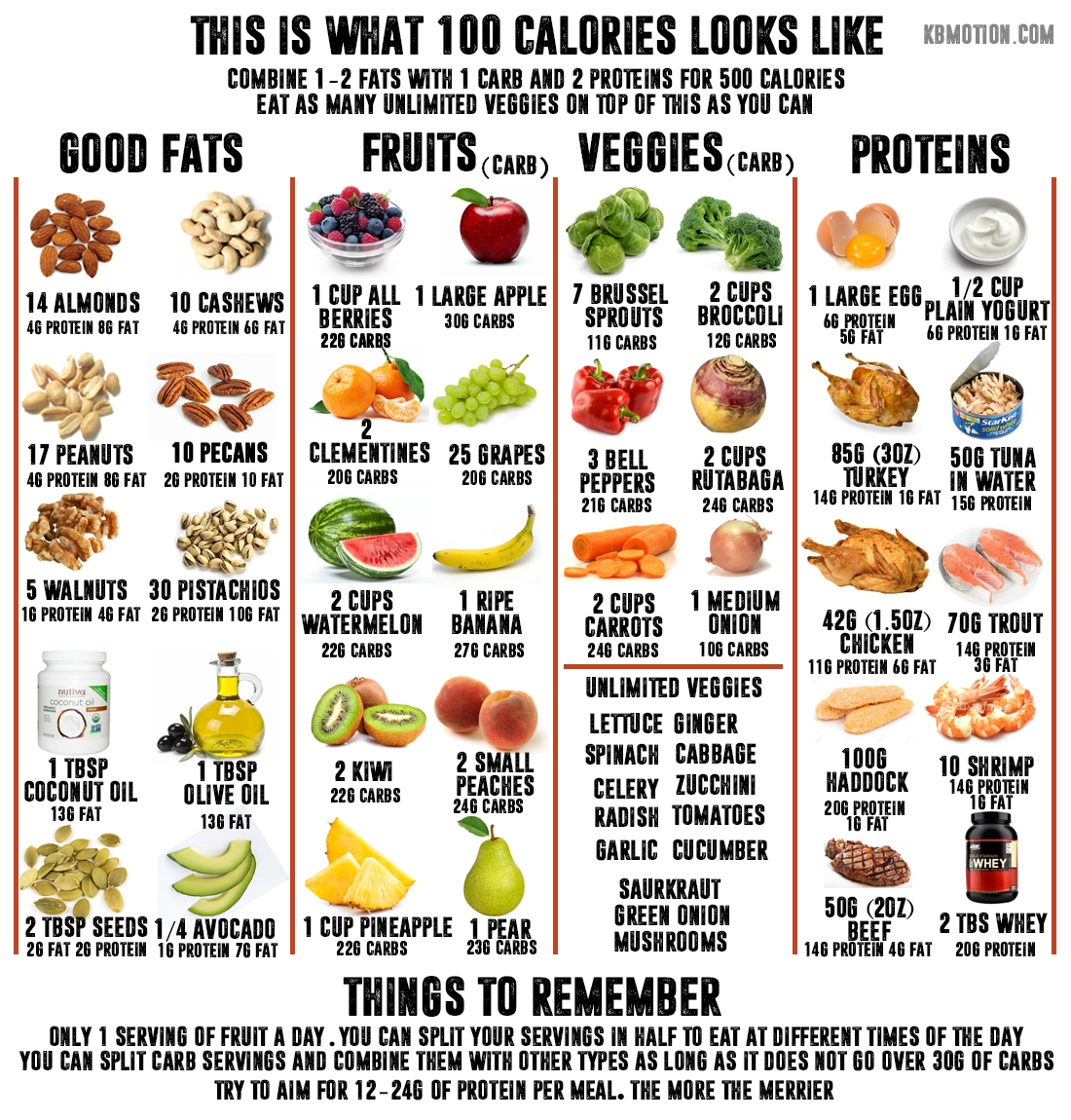
Is dieting difficult?
a certain level of comfort, a change in habits. Not everyone is ready for this
change. Moreover, it is necessary to make changes not only in
diet, but also in the way of cooking.
At the same time, it is not enough to follow a diet for a week, and then return to
former way of life. To achieve results, patients sometimes
one must adhere to the new rules throughout life. Diet –
it is one of the most important non-drug treatments for fatty
hepatosis, obesity and other diseases.
Date of publication of the material: November 17, 2020
FATTY HEPATOSIS
TAKE THE TEST
Other articles
The main symptoms of fatty liver.
Clinical picture at different stages
diseases. Learn more about the signs
will help to recognize fatty hepatosis in time.
Symptoms and signs
fatty hepatosis
The condition of hepatosis is completely reversible.
That is, restore health at this stage
possible, but for this you have to apply
enough effort and change your lifestyle.
Liver fibrosis:
treatment and causes
Fatty liver disease is considered to be reversible
timely treatment. Is it possible to completely
Is it possible to completely
cure the disease. Fat prognosis
liver hepatosis.
Hepatosis treatment
liver: what and how to treat fatty liver
Diet in fatty liver can be
complete treatment method
it is quite possible to restore the liver to the initial
stages of the disease.
diffuse changes
liver
Read
all articles
Show
sources
- “On the application of the order of the Ministry of Health of Russia No.
 330
330
from 05.08.2003 Ministry of Health of Russia, 2003 - Diet therapy for internal diseases
bodies: account. allowance. Part 1. / Comp.: A.Ya. Kryukova, G. M.
Sakhautdinova, R.S. Nizamutdinova, L.S. Tuvaleva, O.A. Kuramshina,
L.V. Gabbasova, Yu.A. Kofanova. – Ufa: Publishing House of GBOU VPO BSMU
Ministry of Health of Russia, 2015. – 83 from - Khamnueva L. Yu., Andreeva L. S., Koshikova I.
N. Obesity. Classification, etiology, pathogenesis, clinic,
diagnostics, treatment // Textbook.



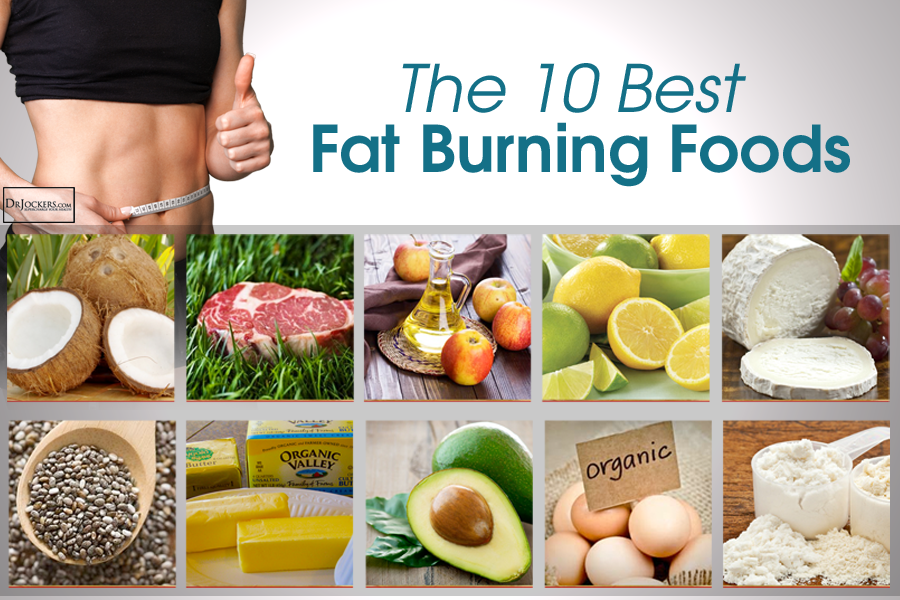
 Choose foods that have less than 30% of calories from fat. Choose low-fat or fat-free dairy products. Remember that fat free does not mean calorie free. These foods still contain calories, and too many calories can lead to weight gain.
Choose foods that have less than 30% of calories from fat. Choose low-fat or fat-free dairy products. Remember that fat free does not mean calorie free. These foods still contain calories, and too many calories can lead to weight gain.
 Eat fruits and vegetables with the peel because the peel is high in fiber.
Eat fruits and vegetables with the peel because the peel is high in fiber. Alcohol is prohibited.
Alcohol is prohibited.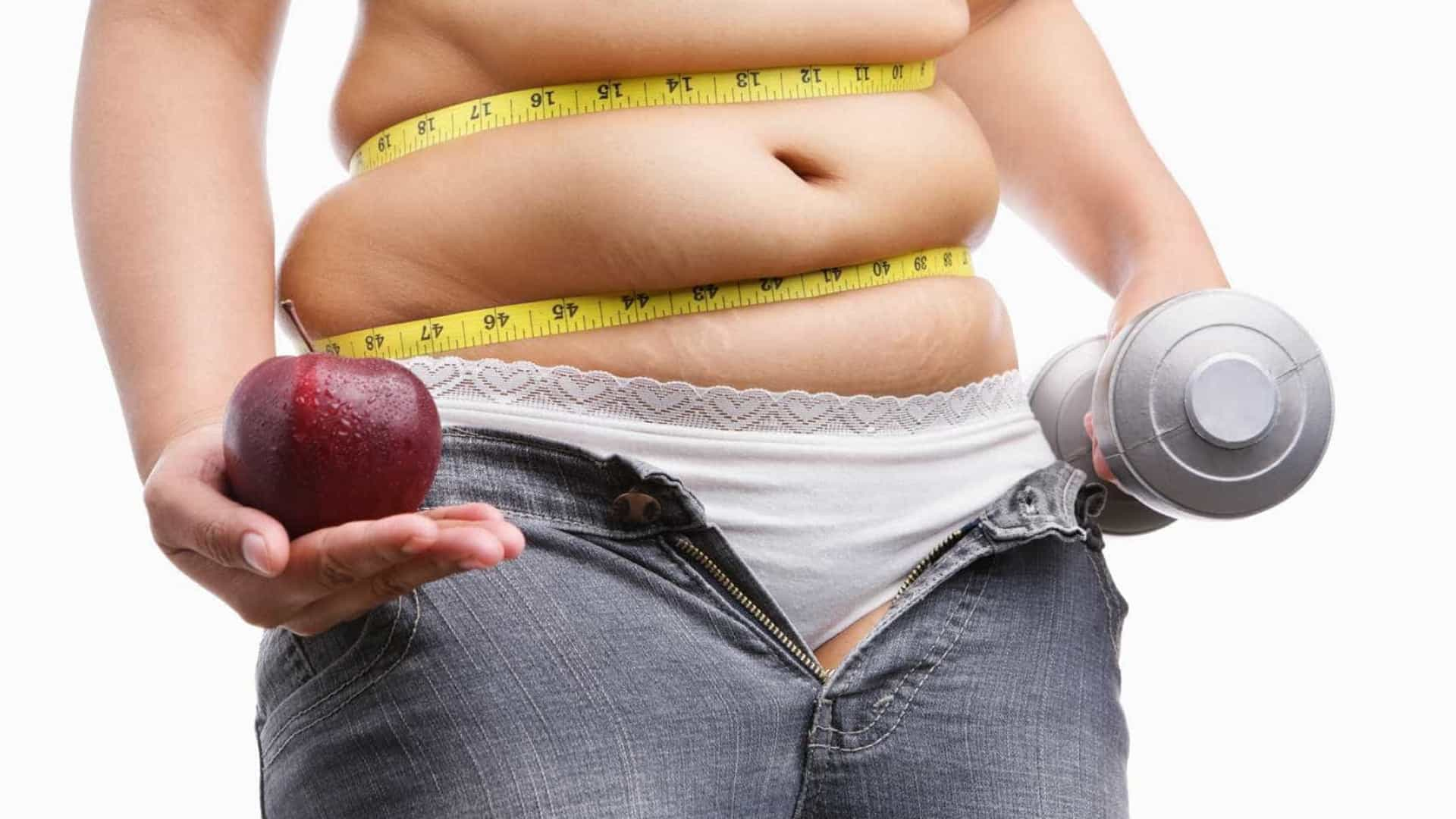
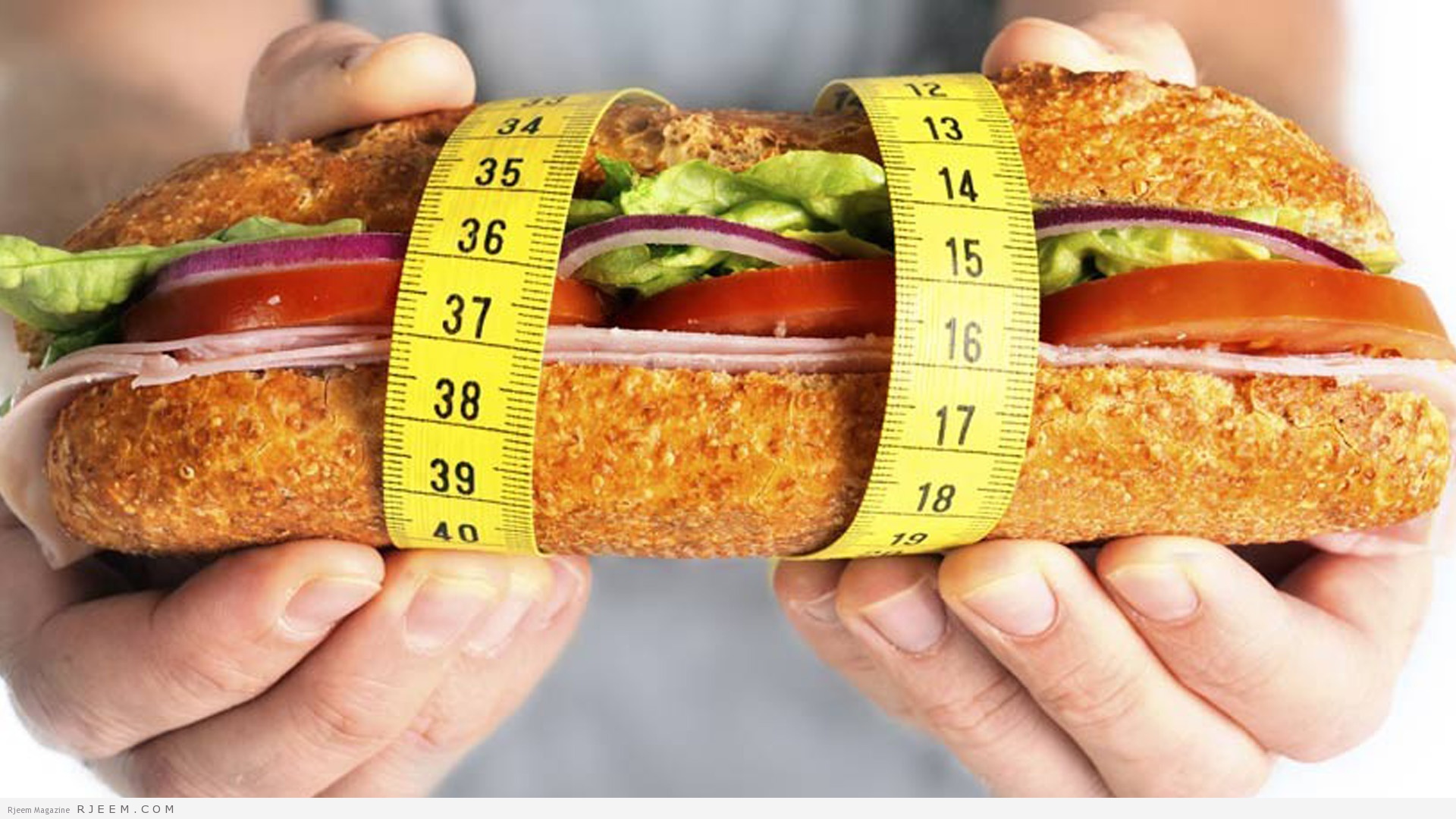
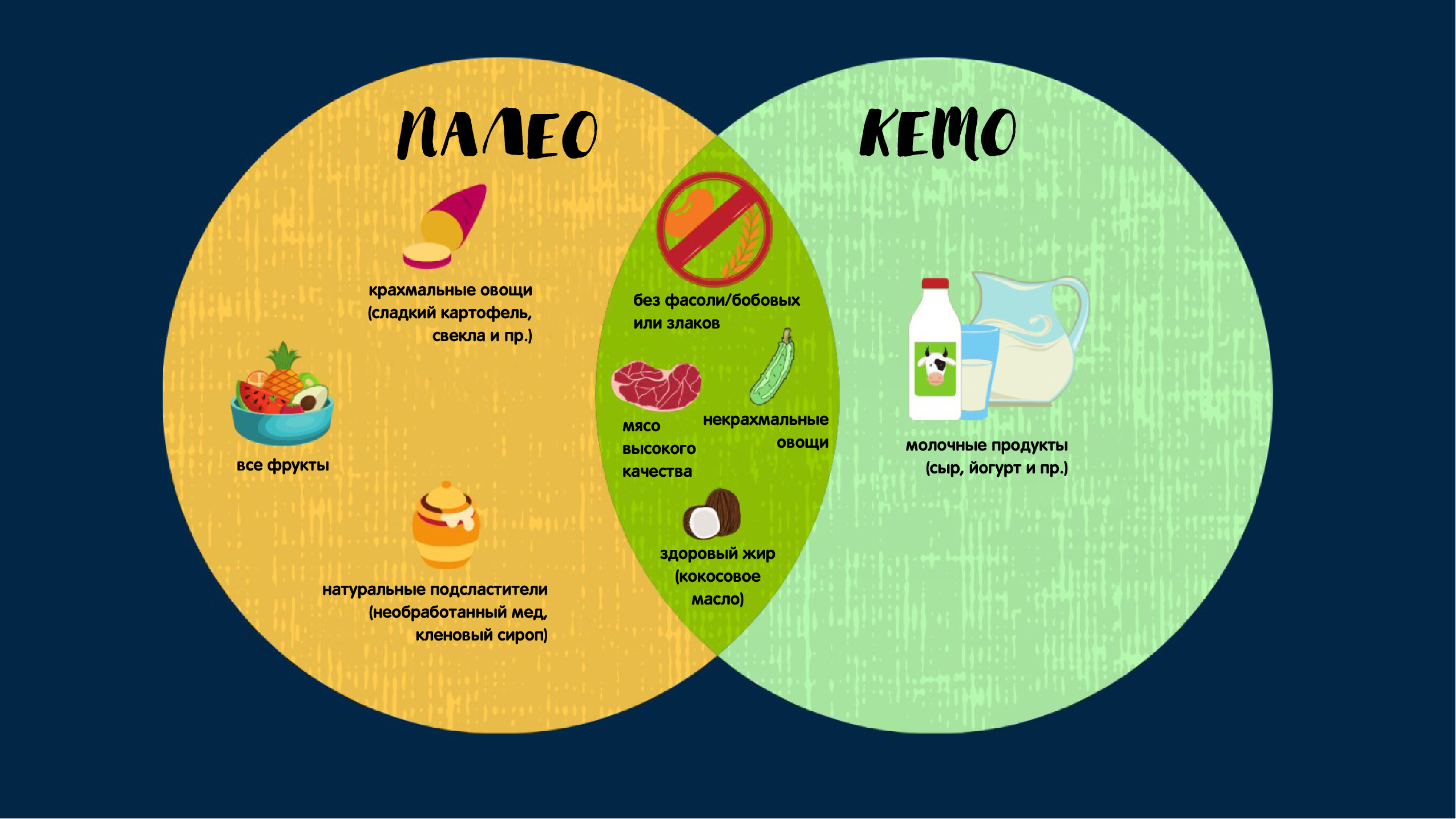
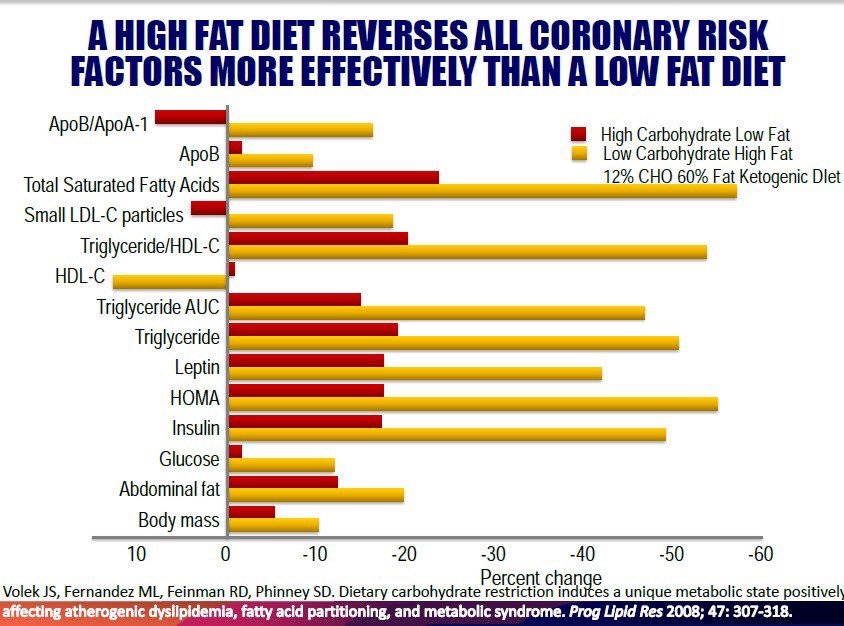 330
330